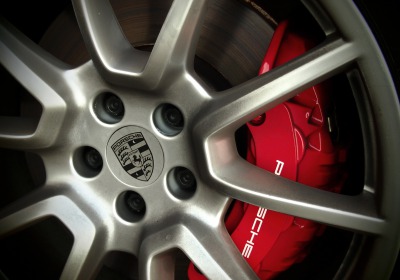Highway Code braking distances questioned
Thu, 14 Aug 2014THE ACCURACY of facts and figures in the Highway Code has been called into question after research by the RAC showed that many drivers underestimate official stopping distances.
As part of the organisation's Report on Motoring 2014, drivers were asked to identify the Highway Code's stated stopping distances from different speeds, but the majority “seriously underestimated” the figures.
However, a separate survey by Right Driver of 1,000 Advanced Driving Instructors (ADIs) revealed that the vast majority strongly believe that the official braking distances have become irrelevant and should be updated.
While the RAC's study defined the 96-metre 70mph stopping distance as 24 car lengths (four metres per car), only 16% of respondents identified the answer. More than one in 10 (11%) guessed 17 car lengths (68 metres), 32% plumped for 10 car lengths (40 metres), and 18% imagine the distance is just two car lengths or less.
However, ADIs argue that advances in car tyres, brakes and active braking safety systems mean that a new car will stop much faster in almost all conditions than the cars used in the 1960s to set the figures in the Highway Code.
Commenting on the RAC's findings, Simon Best, Chief Executive of the Institute of Advanced Motorists, said: "Information from the Highway Code, including stopping distances, should be for life and not just for the theory test.
“Drivers need to make judgement calls every day but this can be seriously impaired if they don’t understand how long it will take for their car to stop safely while travelling at speed or in challenging road conditions."
A DVSA spokesperson said: “We shall consider the issues raised during our regular refresh of theory test questions and our learning materials.
“The Department for Transport is not planning a review of the Highway Code at this time. We do, though, regularly review our learning materials.”
By Press Association reporter

